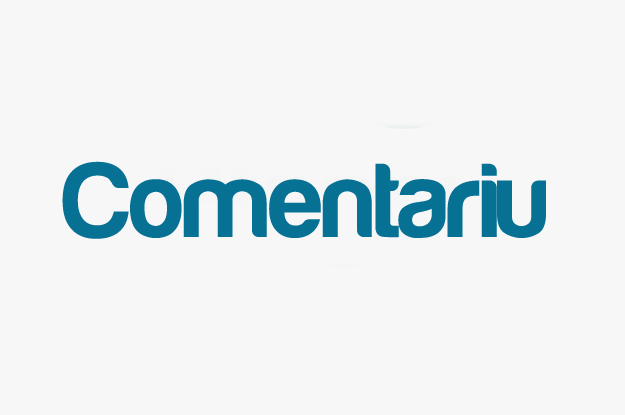
Ion Bunduchi, media expert

Digital television emerged in the early 1990s in response to the need to cope with the information processing complexity. The first digital standard called DVB-S (Digital Video Broadcasting - Satellite) was introduced in 1994 and implemented by France. Another standard - DVB-T (Digital Video Broadcasting - Terrestrial), was introduced in 1997, and a year later was implemented by Sweden and the UK.
Latvia began testing digital terrestrial television in 2002.
Romania put into operation the first digital television transmitters in 2005 in Bucharest and in 2006 in Sibiu.
Estonia completed the transition to digital terrestrial television in July 2010.
The situation in Moldova is a mystery.
- The essence of digital television is to bring the benefits of the information society in every family.
- Digital television provides media pluralism and diversity of media content.
- New technologies contribute to the development of the public broadcaster.
- Better a new legislation in the field, than government decisions or president decrees.
- Monopoly ownership, concentration of property and the dominant position in two key segments: a) infrastructure and b) content are prevented.
- The licensing for multiplex providers is separated from licensing for content providers.
- Business - not the state, or Business and the State provide people with digital signal reception equipment at affordable prices.
- Partnerships between the government, broadcasters, network providers and private companies cover the costs of transition.
- The transition to digital television is kept under public control.
- Large population information campaigns are carried out.
- The procedure for selecting social package of TV channels is fair and transparent.
- Population interests and broadcasters possibilities are taken into account, especially of the non-commercial, local and regional ones.
The list is not exhaustive, but enough to realize the extent to which we meet such requirement.
For instance, the document did not emphasize the need to prevent concentration of ownership, monopoly, situations prevailing on the infrastructure and content markets; nor did it establish a clear mechanism of public control over program implementation etc.
The document stipulated that the 1st multiplex "get" the national public broadcaster and existing private providers “with significant coverage and appreciation index”. "Such a stipulation does not leave room for pluralism and diversity.
The project provided that license for multiplex to be given first by contest, then "through a tendering procedure organized by ANRCETI...", then by "competitive bidding", without specifying the conditions such bidding shall be conducted on.
Project contained confusing estimates. For example:
a) if an analogic TV provider broadcasts a single program service and a digital TV provider - 15, why maintenance costs "of equipment for a digital format TV program " are less "by about 25-30% over expenses for broadcasting an analogue TV program"?;
b) 500.000 lei were provided “for creating advertisements” and no means for broadcasting.
c) If the number of families that need help to purchase decoders is unknown, how can we know if the means obtained from "licenses for multiplexes 2 and 3" are enough?
Some recommendations of the conference were accepted, the document was partially improved and after 2 years it was approved by the Government (perhaps in May 2014). After four months, we found that the project was approved "in principle" and sent back to ministries to be adjusted. The final version remains a mystery.
Digital television can bring benefits, but also dangers. The Recommendation Rec (2000)23 of the Committee of Ministers to Member States suggest: if the broadcasting filed in a country can be defined as pluralistic and diverse, digitization should rather be deferred because corresponding reforms should be put into operation first. In this context, it is dangerous to delay the transition to digital television - the country may not have television; triggering the transition without the necessary training is just as dangerous – the country risks to narrow media pluralism. So, the transition requires maximum efficiency, but also extreme caution.
This article is made possible by the generous support of the American people through the United States Agency for International Development (USAID). The content are the responsibility of author and do not necessarily reflect the views of USAID or the United States Government.










